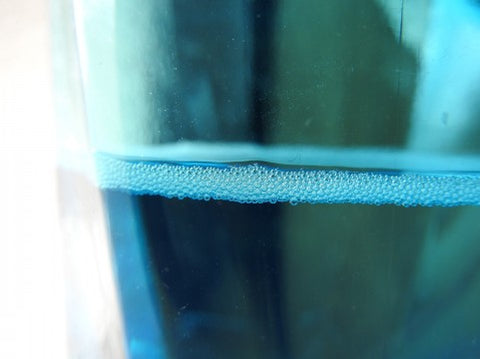Does high γ-GTP mean you drink too much alcohol? How to lower γ-GTP?
March 16, 2021
Does high γ-GTP mean you drink too much alcohol? How to lower γ-GTP?
Gamma-GTP is one of the items that people who drink a lot of alcohol worry about in their blood tests. What is gamma-GTP and why is gamma-GTP said to be related to alcohol?

This time, let’s talk about γ-GTP, which we often hear about, but when we are asked what it is, we are at a loss.
What is γ-GTP?
γ-GTP is an enzyme that comes from the surface of the cells in the bile ducts. The bile ducts are the tubes through which bile passes from the liver to the duodenum, and are about 0.5 cm to 1 cm thick and thin.
As some of you may know, the liver is an organ that metabolizes the toxins we take into our body and turns them into useful bile. The bile duct is the tube through which the bile flows.
In addition to γ-GTP, blood tests may also check for LDH (lactate dehydrogenase), Ch-E (cholinesterase), and ALP, all of which are enzymes called “deviant enzymes”.
All of these enzymes are called “deviant enzymes” and they all have their own place. However, just like γ-GTP, when there is a problem in the organ where it is supposed to be, it overflows and flows into the bloodstream.
In other words, they are called “deviant enzymes” because they deviate from where they are supposed to be. Therefore, by checking the blood levels of deviant enzymes, we can find out which part of the body is affected.
What can we learn from the γ-GTP value?
Now that I’ve explained about gamma-GTP, what can you find out by checking the gamma-GTP in your blood?
For example, if there is inflammation in the liver, abnormalities in the bile ducts, or oxidative stress from drinking too much alcohol, the γ-GTP value will rise.
The normal level of gamma-GTP is 10-50IU/L for men and 5-32IU/L for women. If this value is over 100IU/L, you should see a doctor. If the level is over 200IU/L, the bile ducts may be clogged with gallstones or bile duct cancer, and if the level is over 500IU/L, it may indicate heavy drinking or acute alcohol poisoning. The γ-GTP level varies from person to person.
Gamma GTP can be raised by consuming a lot of alcohol. Alcohol is metabolized by the liver into acetaldehyde, a toxic oxidative stressor. This acetaldehyde is further metabolized to acetic acid, which is harmless to the human body, and then passed on to the bile ducts.
The oxidative stress around the bile ducts increases due to the oxidative stress substances generated once. The bile ducts are the place where gamma-GTP is produced, right? In other words, the increase in oxidative stress and the increase in γ-GTP are very much related. This is the main reason why γ-GTP tends to rise.
How to lower γ-GTP
In order to lower γ-GTP, it may not be so easy to say that restricting alcohol will have an immediate effect. For example, even if you have alcoholic hepatitis, there is a phenomenon that γ-GTP does not go down even if you stop drinking alcohol.
If we simply say that alcohol is the cause of the increase in γ-GTP, then it must be strange if it does not go down. However, the fact that this is not the case suggests that oxidative stress rather than alcohol plays a major role.
Oxidative stress can be raised by drinking alcohol, but it can also be raised by various other factors such as smoking, irregular lifestyle, sunburn, and mental stress. It is of course necessary to cut down on alcohol, but if you find that your gamma-GTP does not go down even if you cut down on alcohol, the quickest way to reduce oxidative stress in your body is to suppress it.
It’s easy to say that you should try to live a regular life, exercise moderately, and refrain from drinking and smoking, but it’s not always easy to do. If you are concerned about your gamma-GTP level, it would be good if you can find a way to reduce oxidative stress that suits you.
